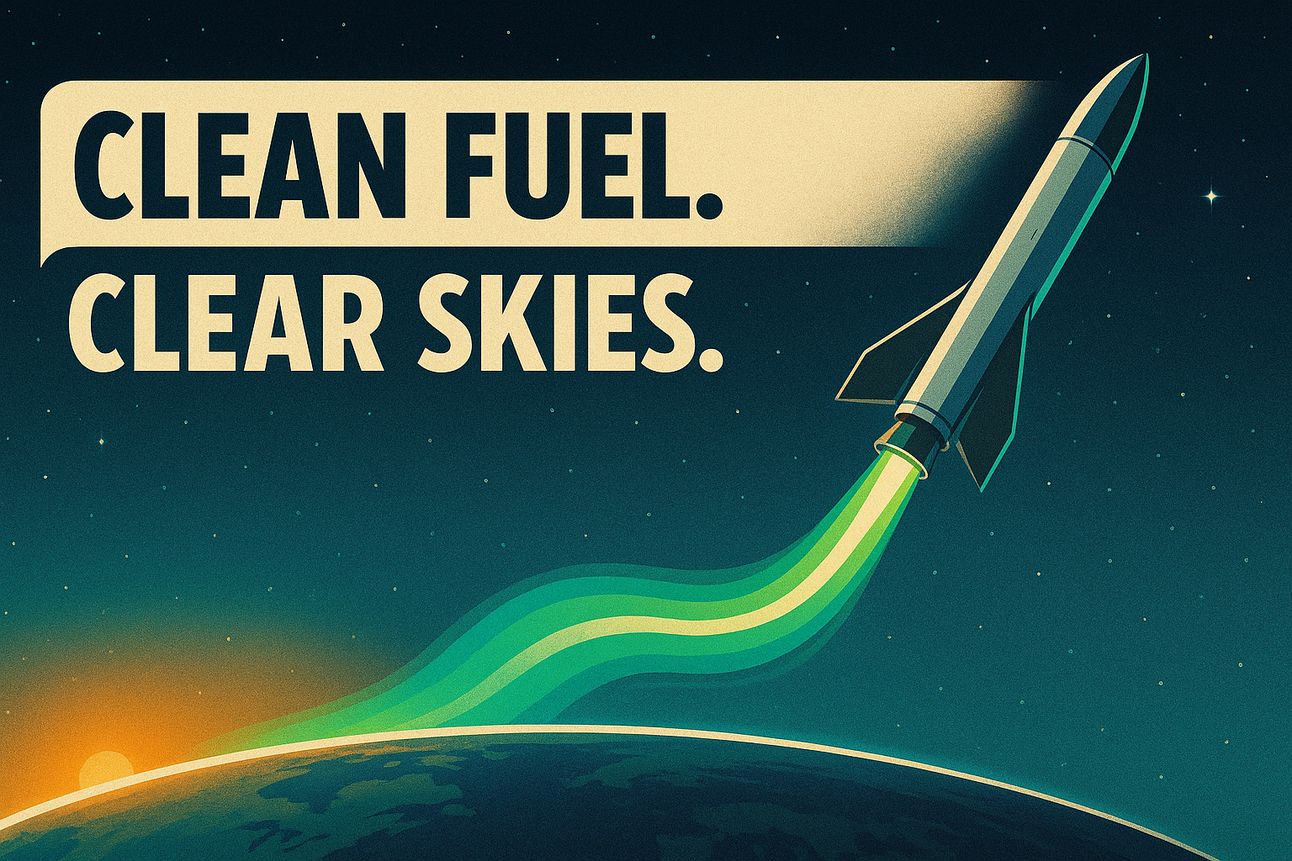In a move that sounds more like science fiction than science fact, a new breakthrough in aerospace technology is turning heads—and cleaning up the launch pad.
Engineers and researchers have developed a green spaceship propellant that could replace the ultra-toxic hydrazine fuel currently used in most spacecraft. The best part? It’s not just safer for astronauts and technicians—it’s also more cost-effective and environmentally friendly.
Take that, rocket fuel fumes.
☣️ Why Hydrazine Had to Go
For decades, hydrazine has been the standard for spacecraft propulsion. It’s powerful, yes—but it’s also extremely toxic. Handling it requires specialized suits, pressurized containment, and some serious hazmat procedures. Think Breaking Bad, but with more satellites.
Aside from the obvious danger to humans, hydrazine spills and leaks also pose environmental hazards. So for years, the space industry has quietly wished for a cleaner, greener alternative.
And now they might have it.
🌿 Meet the Microbe-Friendly Fuel
The new propellant, developed by a coalition of aerospace engineers and green chemistry specialists, is composed of ammonium dinitramide and other biodegradable compounds. It performs just as well—sometimes better—than traditional hydrazine-based fuels, with the added benefit of being non-toxic, non-carcinogenic, and far cheaper to produce.
NASA has already conducted successful test burns with the fuel, and commercial space companies are eyeing it as a game-changer for small satellite launches and deep-space probes.
One engineer put it simply: “You wouldn’t want to drink it—but you could spill it and not need a SWAT team.”
🌎 What This Means for Earth (and Beyond)
Space tech usually sounds far-off and futuristic, but this development has immediate ripple effects here on Earth. Safer fuels mean lower launch costs, faster prep times, and reduced environmental risk. That means more missions, more discoveries, and less planetary guilt.
And in the long run, this could set a standard for sustainable practices across all of aerospace—whether we’re launching weather balloons, Martian rovers, or space hotels (hey, we can dream).

